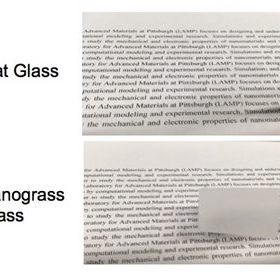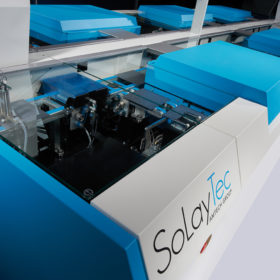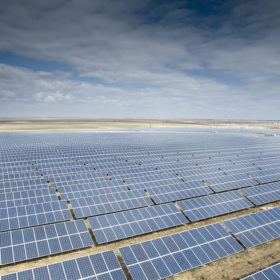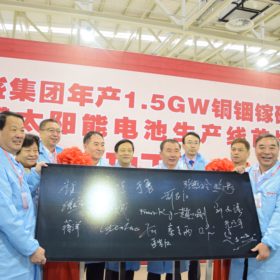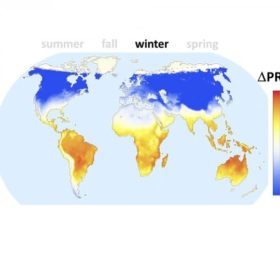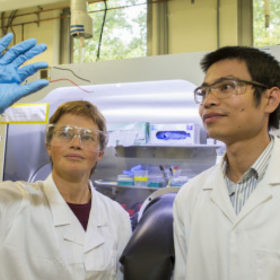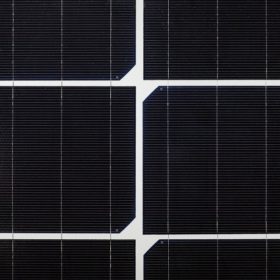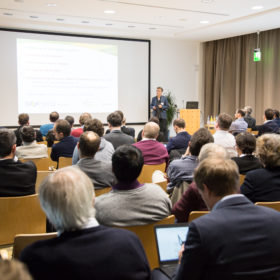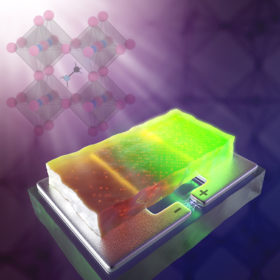Researchers develop ‘grass like’ light-scattering nano structure for solar glass
A team of scientists from the University of Pittsburgh have created a glass surface with an etched nano structure that allows for up to 95% light transmittance, and can also scatter the light entering the glass, so that more light reaches a solar cell beneath.
SoLayTec receives follow on order for ALD equipment
SoLayTec B.V, a subsidiary of U.S. based equipment provider Amtech Systems, has announced a follow-on order from an unnamed customer for its atomic layer deposition systems, to be used in PERC cell production.
IHS Markit: Global solar installations to pass 100 GW in 2018
Market analyst IHS Markit has issued its first forecast for 2018 installations. It expects the global market to surpass the 100 GW mark for the first time ever, hitting 108 GW.
Avancis/CNBM 300 MW CIGS facility comes online
China National Building Materials (CNBM), the parent company of German module manufacturer Avancis, announced that the first modules have rolled out of its 300 MW CIGS factory in Anhui Province, China.
MIT researchers observe effects of climate on solar cell performance
Scientists from the Massachusetts Institute of Technology (MIT) have developed a tool to predict solar cell performance at any location worldwide. The tool utilizes a combination of global weather data gathered by satellite and cell performance data from two different locations.
ARENA awards AU$29.2 million to 20 solar R&D projects
The Australian Renewable Energy Agency (ARENA) has announced that it will award multiple Australian universities and research institutes with a total of $29.2 million to support early-stage research into new solar innovations.
The weekend read: Every last watt
PERC power: As PERC settles into its position as a mainstream technology, leading module manufacturers are searching for ways to push ever more watts out of their module, and eliminate lingering degradation issues. So far this has included ramping up production capacities for half-cell modules and developing innovative new connection strategies. pv magazine looks into the latest technologies leading to gains in power output and quality at module level.
Manufacturing innovations on show at European Solar Technology Forum
This week, pv magazine attended the European Solar Technology Forum, where researchers unveiled new innovations from across the manufacturing spectrum, prompting plenty of discussion over how the future will look for solar in terms of the technology available and its applications. Bold claims of the potential for a further 20% cost reduction in manufacturing were made.
California researchers observe perovskite degradation at nano-scale
A group of researchers led by the University of California San Diego (UCSD) has utilized a novel technique to delve deep into hybrid perovskite materials without damaging. The team was able to observe ion migrations within material, which reduced its efficiency as a solar cell material.
DNV GL: AI will make renewables more efficient
A paper published by consultancy DNV GL forecasts major growth in the use of artificial intelligence (AI) applications within renewable energy, and outlines the risks and opportunities of such technologies.

